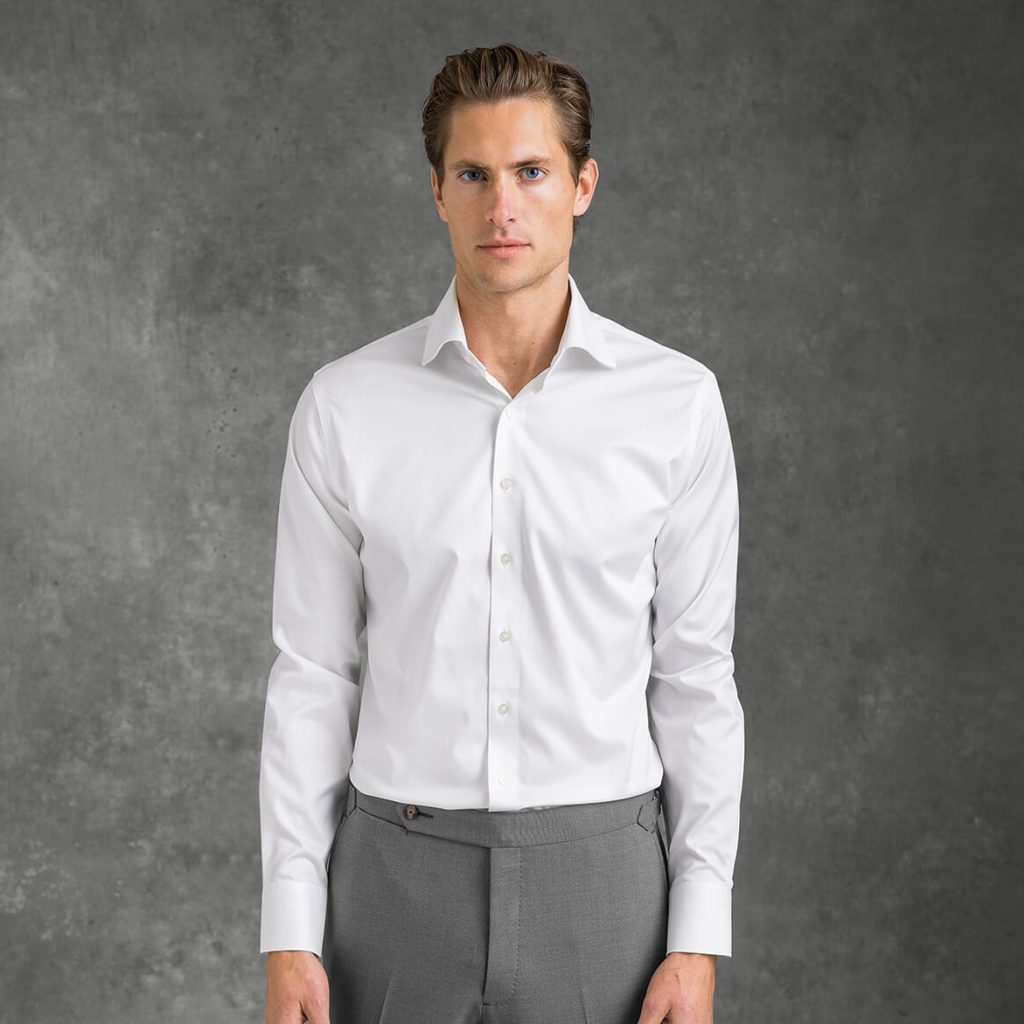
Put This On wouldn’t be possible without our sponsors, so twice a month, we like to give them a special shoutout. Doing so allows us to recognize them for their support and update readers on our sponsors’ special happenings.
We’ve always believed that clothing should be treated as language. Just as you use letters and syntax to form a sentence, you should use clothing and accessories to communicate meaning. A navy business suit with a white shirt, dark tie, and black oxfords would communicate something very different if you switched the white shirt to black or red. In this way, dressing well is more like learning to communicate through a visual language rather than throwing random colors and shapes onto your body.
Proper Cloth recently published its business dress shirt guide, which takes you through the semiotics of how a business shirt should look in different environments. It goes through some important details. For example, a standard business shirt, such as the white one pictured above, typically comes with a semi-spread collar, French front, and no chest pocket. French front refers to how the shirt doesn’t have a reinforced placket (that extra strip of cloth that typically goes over the buttonhole area). Ditching the placket and chest pocket makes the shirt a little more formal. By contrast, the American button-down—a slightly more casual version of the standard British dress shirt—typically comes with a placket and chest pocket.
The guide takes you through all these variations, going through details you may not have considered. It also explains how each type of shirt can fit into your business wardrobe—what to wear to formal meetings, business casual environments, and the weekend. The advice here is well-considered—worth a read for anyone.
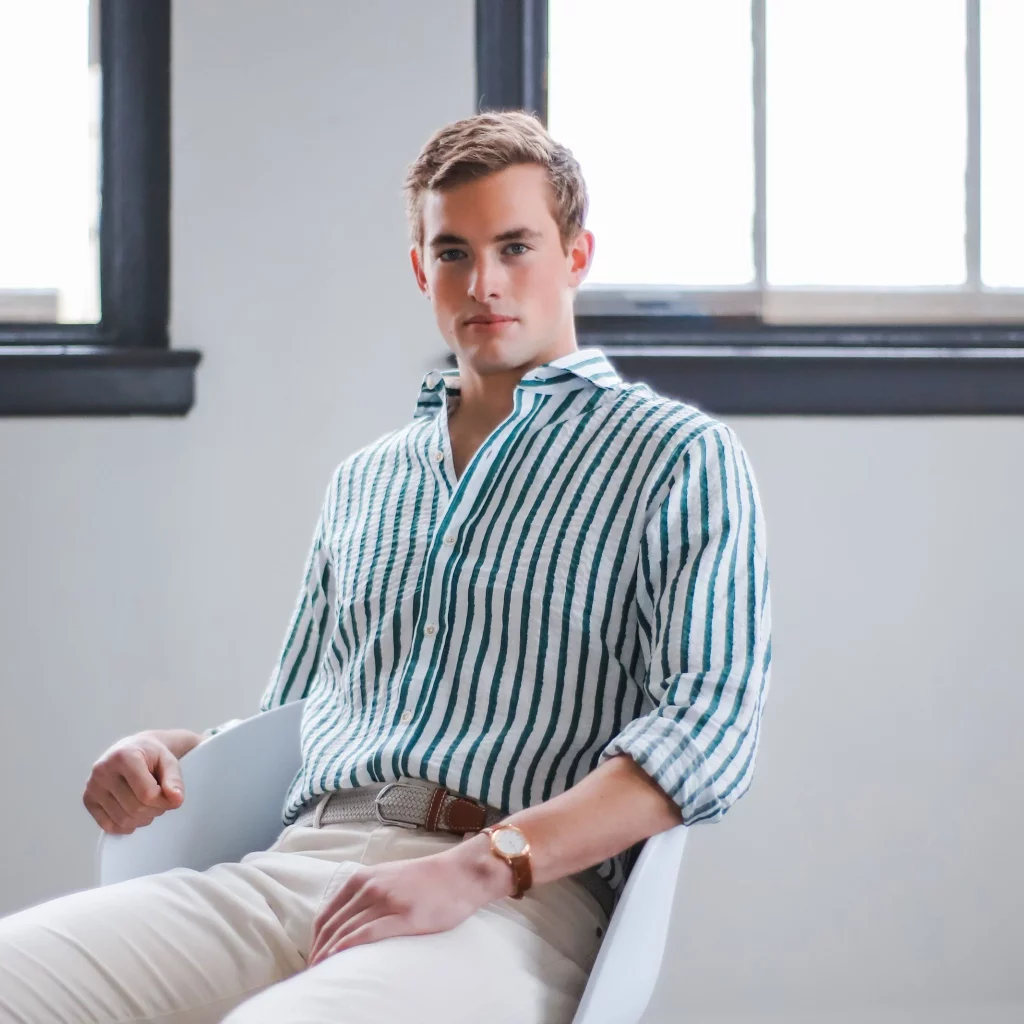
Ledbury was founded some years ago by two Americans, Paul Trible and Paul Watson, who met while working on London’s Jermyn Street, the world’s most famous quarter for custom shirtmaking. Jermyn Street is where you’ll find world-class shirtmakers such as Budd and Turnbull & Asser, who cut shirts with fine precision and distinctive British taste. The two Pauls took what they learned there, returned to the US, and started Ledbury in Richmond, Virginia. The company follows some of those old British traditions—more formal dress shirt collars must be long enough to reach under a suit jacket’s lapels—but also have some American innovations. Since the US is a much more casual country than its European counterparts, Ledbury’s shirts have a slightly lowered second button, so it looks more natural when you wear the shirt with an open collar.
On their site now, you can find business-ready fabrics such as Albini’s fine broadcloths and conservative oxford stripes. They also have weekend options, such as autumnal brushed flannel plaids in moss green and apricot orange, which can be teamed on their own with jeans or layered under a sport coat. Ledbury’s custom shirt program allows you to get shirts in three fits—extra slim, tailored, and classic—and nearly any size. At the moment, you can also find select summer shirts on sale. The uniquely textured green stripe seersucker shirt picture above is just $69 (nice).
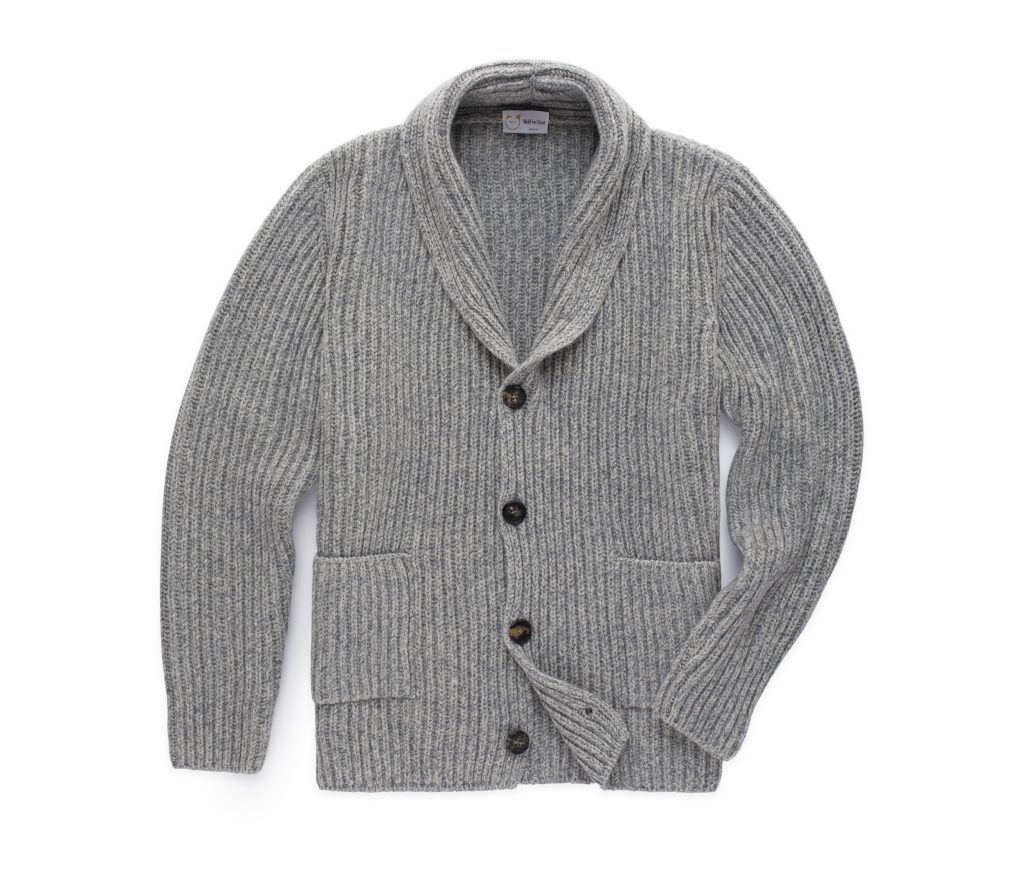
A shawl collar cardigan is one of the more indulgent things you can own. It’s the perfect accompaniment with jeans, chinos, or tailored trousers in the wintertime, looking just at home with a t-shirt as it does with oxford cloth button-downs. If you are hosting holiday parties this season at your home, you can also use it as a substitute for a tailored jacket. Shawl collar cardigans do the important job of framing your face, just as you’d get with a sport coat with lapels. But since it’s a knit, it’s much more dressed-down. In old Brooks Brothers catalogs, the American clothier used to call it the perfect winter garment.
Wolf vs. Goat’s is getting a new shipment of shawl collar cardigans, which is about to be posted on their site soon. These are made in Italy from pure cashmere and cashmere-merino blended yarns. Cashmere, of course, is among the noblest fibers. It’s expensive because it takes so much time and labor to produce. Whereas a sheep can make 3kg of wool annually, a cashmere goat will only give you 200g. For a scarf, that may mean the output of one cashmere goat; for a sweater, it can be anywhere from five to ten goats. Wolf vs. Goat’s cashmere products are priced accordingly, given the time and labor they take to produce. However, Rewards Members can also get a 50% discount on all full-priced items. Wait for the drop to happen soon.
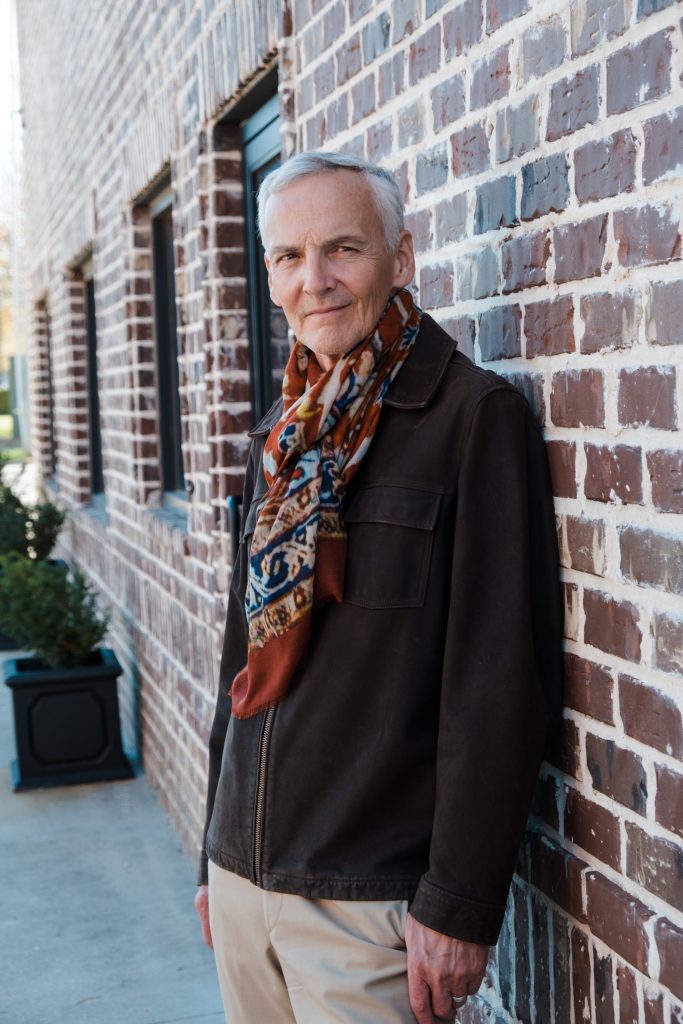
In his book True Style, Bruce Boyer wrote of neck decoration: “Call it what you will—ascot, cravat, stock—the scarf at the throat is the tested and true answer to the naked neck. It is also the answer for all those baffling formal but ‘dressed down’ occasions when a coat-and-tie are too stuffy, but slacks and a polo shirt are too scruffy. A scarf at the neck provides the right accouterment to a cashmere cardigan, tweed jacket, navy blazer, or summer sports coat. Nothing so exactly achieves the air of casual elegance, of sporty self-confidence, as a mannerly fold of fine silk or lightweight cashmere with an open collar.”
Dapper Classics’ new Italian scarves are generously sized at 27″ x 80″, giving them enough material to wrap around the neck twice and the width necessary to create interesting folds. These are made from a blend of silk, wool, and yak hair to give them plushness and warmth while not being too bulky. They come in rich earth and jewel tones to complement brown tweeds and grey flannels. The price points are a bit up there, but they were specially made for Dapper Classics by one of the more renowned Italian mills, and they’re part of a new Dapper by Italy collection that includes expertly crafted ties and pocket squares. Remember the rule of thumb when selecting a pocket square: you want to complement your tie but not match things too closely. So if you’re wearing a blue tie with brown pin dots, pick up something like this brown paisley pocket square, not something in blue. This makes you look coordinated but not overly studied.
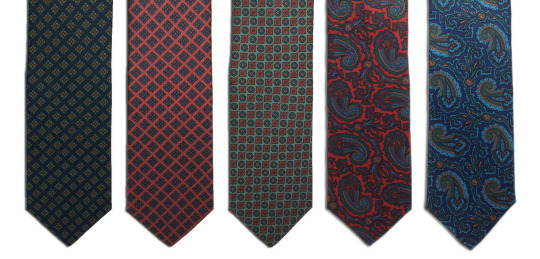
If you’re just starting to build a neckwear wardrobe, you could do worse than starting with a basic grenadine. The textured Italian silk adds visual interest to solid-colored sport coats but is also subdued enough to pair with patterned jackets. Your next few ties should continue to be basic — rep stripes, foulards, and perhaps a knit for casual occasions.
Once you have the basics, consider getting things in more seasonal fabrics. Raw silk and linen are ideal for summer. However, in the fall and winter months, you’ll want things such as tweed, cashmere, wool challis, and most of all, ancient madder. Paul at Chipp Neckwear once told me that the chalky hand of ancient madder reminds him of a horse’s wet nose. I’ve always thought that description is charming. Madder ties are useful in the winter because they sit in the middle in terms of formality. They’re just as good with tweed and corduroy sport coats as they are with worsted suits. Chipp’s ties are made in NYC using the same English silks as what you’ll find from top-tier producers, except theirs cost less than $70.

Our friend Matthew at LuxeSwap has helped some famous people clear their closets over the years. But none have impressed us as much as this recent haul from Bruce Boyer. A couple of months ago, Matthew drove to Bruce’s home in Pennsylvania and came back with a mountain of bespoke suits and sport coats, custom trousers, heaps of Scottish knitwear, tons of ties, and a bunch of handmade shoes. Sizes are around the 38 to 40 range (or small to medium, in alpha sizing terms). This is not only a great chance to score some high-quality menswear but also score some things from who we consider the best menswear writer ever.
Bruce, of course, is the author of countless menswear books, including Emminently Suitable, Elegance, and True Style. He also had a column for many years in Cigar Aficionado. His work reflects all of the important parts of menswear without getting lost in the weeds. It’s informative and rooted in factual information about quality, but it also captures the cultural and emotional dimensions of what makes clothing so important. And while timeless is the most overused word in menswear writing, we think it means something that, when you look back at both Bruce’s style and his work, everything has remained stylish and relevant. You can comb through the interwebs and find photos of Bruce dating back to the early 2000s—author photos in his books date back to the 80s. His style has never changed, and he looks as great today as in any other decade.
For us, the most important part is that Bruce has helped introduce so many men to the world of classic men’s style, carrying forward this love and tradition for at least another generation. And at the moment, you can own some of the things from his wardrobe by doing a search for “Bruce Boyer Collection” on eBay. Matthew tells us the biggest drop will come this Thursday night. Be on the lookout.







